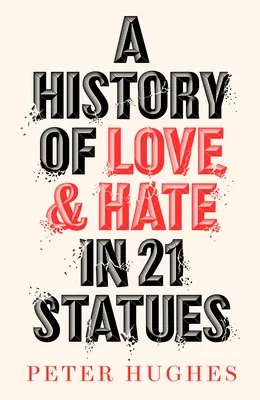From antiquity to the present day, this book offers a fascinating
insight into the histories, movements and conflicts which have come to
shape our world, viewed through the stories of the destruction of 21
statues.
Confederate soldiers hacked to pieces. A British slave trader dumped in
the river. An Aboriginal warrior twice beheaded. A Chinese philosopher
consumed by fire. A Greek goddess left to rot in the desert...
Statues stand as markers of collective memory connecting us to a
shared sense of belonging. When societies fracture into warring tribes,
we convince ourselves that the past is irredeemably evil. So, we tear
down our statues. But what begins with the destruction of statues, ends
with the killing of people.
This remarkable book is a compelling history of love and hate
spanning every continent, religion and era, told through the
destruction of 21 statues. Peter Hughes' original approach, blending
philosophy, psychology and history, explores how these symbols of our
identity give us more than an understanding of our past. In the wars
that rage around them, they may also hold the key to our future.
The 21 statues are Hatshepsut (Ancient Egypt), Nero (Suffolk,
UK), Athena (Syria), Buddhas of Bamiyan (Afghanistan),
Hecate (Constantinople), Our Lady of Caversham (near Reading,
UK), Huitzilopochtli (Mexico), Confucius (China), Louis XV
(France), Mendelssohn (Germany), The Confederate Monument (US),
Sir John A. Macdonald (Canada), Christopher Columbus
(Venezuela), Edward Colston (Bristol, UK), Cecil Rhodes (South
Africa), George Washington (US), Stalin (Hungary), Yagan
(Australia), Saddam Hussein (Iraq), B. R. Ambedkar (India) and
Frederick Douglass (US).
The book includes a black and white illustration of each statue and an
illustrated map showing their geographical location.
A History of Love and Hate in 21 Statues is a profound and necessary
meditation on identity which resonates powerfully today as statues
tumble around the world.

